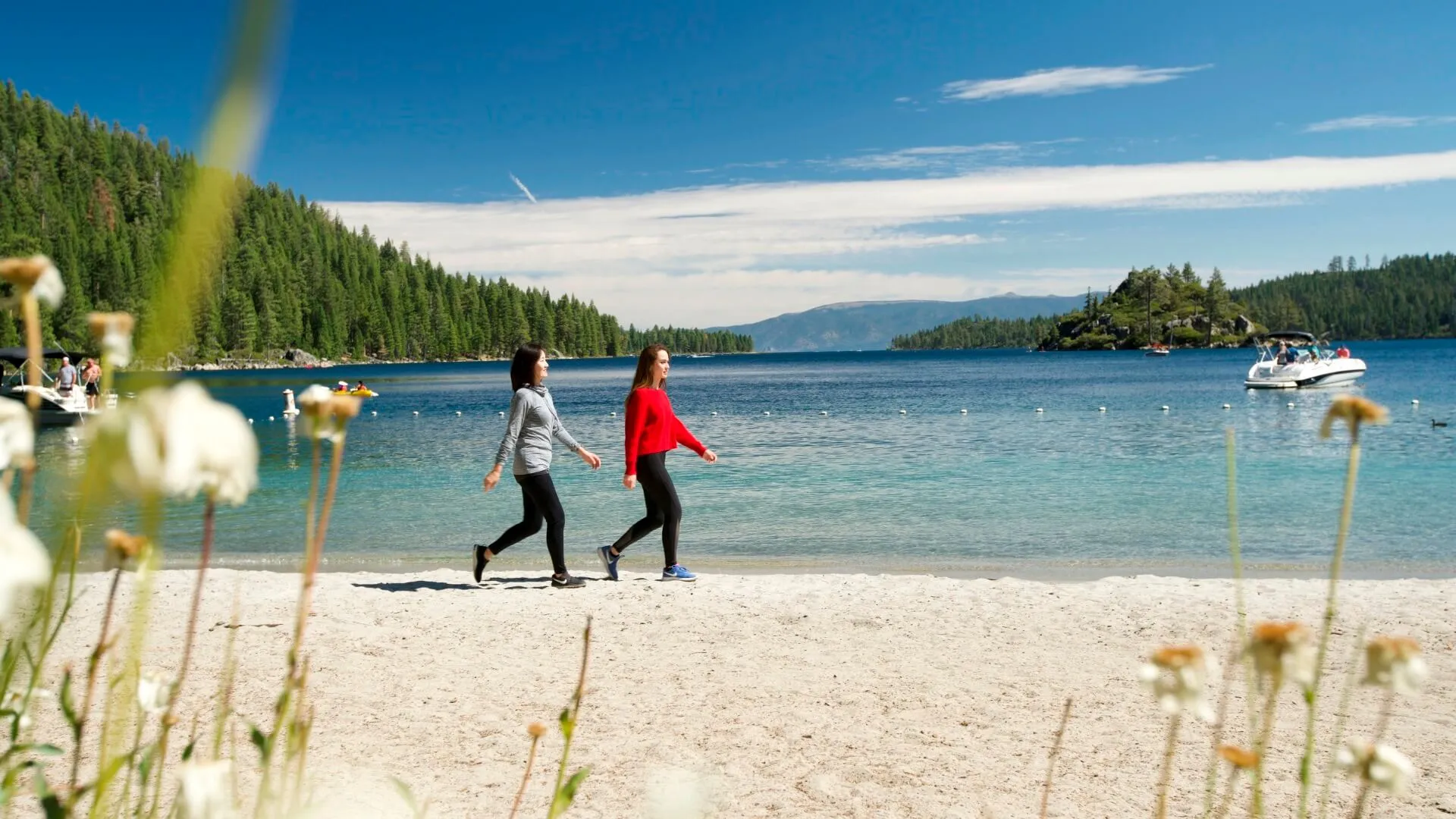Nevada, famed for its dazzling casinos and sprawling deserts, harbors a different kind of beauty: majestic high mountains. If you are a nature enthusiast, passionate about conquering challenges, and seeking a unique camping experience, Nevada’s high peaks are the ideal destination. This guide provides detailed instructions for a memorable camping trip in these stunning mountains.
Nevada offers more than just Las Vegas and deserts. With its diverse terrain, the high mountains of Nevada present unique camping opportunities, from witnessing breathtaking sunrises atop peaks to sleeping under star-filled skies. Discover the secrets to a safe and enjoyable adventure!
Choosing the Ideal Nevada High Mountain Campsite
Nevada boasts numerous mountain ranges with varying peaks, each offering distinct beauty. Here are some notable suggestions:
- Ruby Mountains: Renowned for pristine lakes and spectacular hiking trails, the Ruby Mountains are an excellent choice for those wanting to combine camping with nature exploration.
- Spring Mountains: Located near Las Vegas, the Spring Mountains provide an ideal escape from the city’s hustle and bustle, offering fresh mountain air. Charleston Peak, the range’s highest point, delivers panoramic views of the entire region.
- Toiyabe Mountains: Nevada’s longest mountain range features numerous remote camping areas, perfect for those seeking tranquility and immersion in nature.
When selecting a location, consider these factors:
- Elevation: Altitude significantly impacts temperature and oxygen levels. If you’re new to high-altitude camping, choose moderately elevated locations and allow time to acclimatize.
- Terrain: Rugged terrain can make movement and tent setup challenging. Seek out flat areas with shade for camping.
- Water Source: Water is crucial for camping. Ensure a clean water source is near your campsite or carry sufficient water for your trip.

Thorough Preparation for High Mountain Camping in Nevada
High mountain camping demands more meticulous preparation than lowland camping. Here’s a list of essential items:
- Tent: Choose a tent suitable for the expected weather conditions and number of occupants. A 4-season tent is best for high mountain camping due to its wind and rain resistance and superior insulation.
- Sleeping Bag: Select a sleeping bag with a temperature rating appropriate for nighttime temperatures. Mountain temperatures can drop drastically, even in summer.
- Cooking Gear: Mini gas stove, pot, pan, knife, fork, spoon, bowl, cup, and other cooking utensils.
- Food: Pack enough food for the entire trip, including easy-to-prepare, energy-rich, and non-perishable items.
- Water: Carry ample drinking and cooking water. If a clean water source isn’t guaranteed near your campsite, bring a water filter or purification tablets.
- Clothing: Pack warm layers, waterproof outerwear, hat, gloves, and socks. Mountain weather can change rapidly.
- Footwear: Hiking boots with good traction and ankle support.
- Flashlight or Headlamp: For nighttime navigation and activities.
- First-Aid Kit: Include bandages, antiseptic wipes, pain relievers, allergy medication, and personal medications.
- Sunscreen and Sunglasses: To protect skin and eyes from sun damage.
- Compass and Map: For navigation and avoiding getting lost.
- Multi-tool Knife: A versatile tool for various purposes.
- Lighter or Matches: For starting a fire.
Important Considerations for High Mountain Camping in Nevada
- Inform Family or Friends: Tell them your destination, return date, and how they can contact you.
- Monitor Weather Forecasts: Mountain weather is unpredictable. Check forecasts before your trip and be prepared for all conditions.
- Pace Yourself and Rest Regularly: Allow your body to adjust to the altitude.
- Drink Plenty of Water: To prevent dehydration.
- Avoid Alcohol and Smoking: These can increase the risk of altitude sickness.
- Don’t Hike Alone: Always travel with at least one other person.
- Pack Out All Trash: Leave no trace behind.
- Be Cautious of Wildlife: Do not feed wild animals and maintain a safe distance.
- Avoid Open Fires in High Winds: Wildfire risk is significant.

Explore Exciting Activities in Nevada’s High Mountains
Beyond camping, Nevada’s high mountains offer numerous exciting activities:
- Hiking: Nevada features countless hiking trails of varying difficulty levels, suitable for all skill levels.
- Mountaineering: For experienced climbers, Nevada presents numerous high peaks to conquer.
- Fishing: Many high-altitude lakes in Nevada are stocked with trout and other fish species.
- Sightseeing: Enjoy the majestic mountain scenery, pristine lakes, and vast forests.
- Photography: Capture unforgettable moments from your trip.
- Birdwatching: Nevada is home to many rare bird species.
Conclusion
Camping in Nevada’s high mountains is an incredible experience, offering a chance to explore unspoiled wilderness, challenge yourself, and create lasting memories. However, for a safe and successful trip, thorough preparation, adherence to safety guidelines, and respect for the environment are essential. Wishing you a truly memorable camping adventure!
Remember, environmental protection is everyone’s responsibility. Leave no trace but footprints and keep Nevada’s high mountains pristine and majestic. With careful preparation and a responsible mindset, you’ll have an amazing camping trip and contribute to preserving nature’s beauty for future generations.